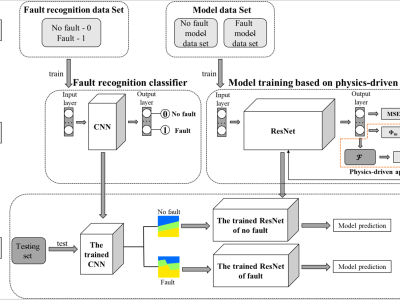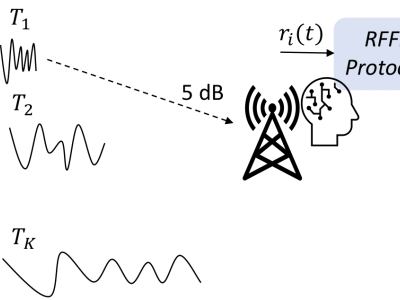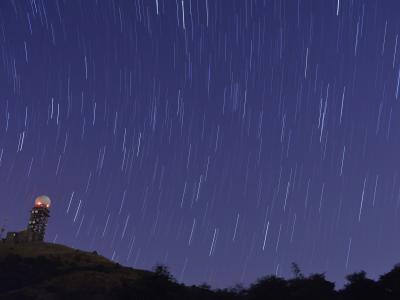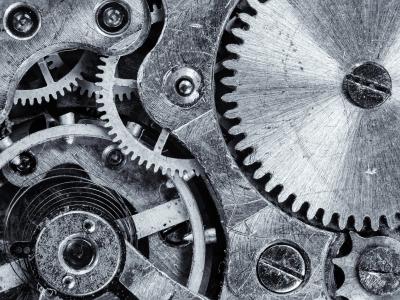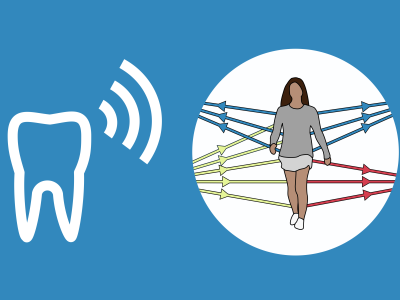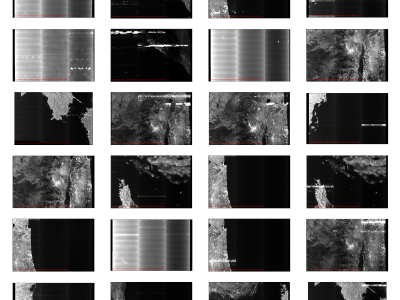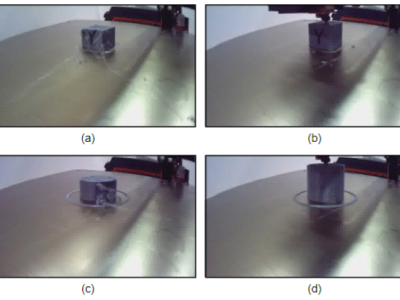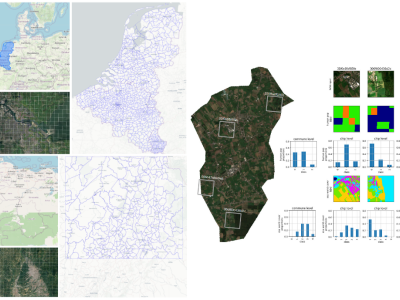
BENELUX Region of Interest (ROI) , comprised of the Belgium, the Netherlands and Luxembourg
We use the communes administrative division which is standardized across Europe by EUROSTAT at:
https://ec.europa.eu/eurostat/web/gisco/geodata/reference-data/administrative-units-statistical-units
This is roughly equivalent to the notion municipalities in most countries.
- Categories:

